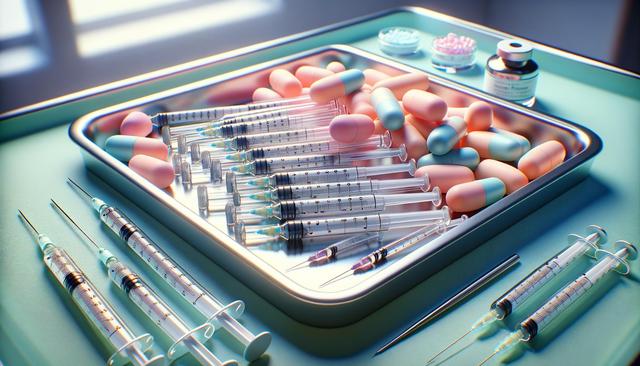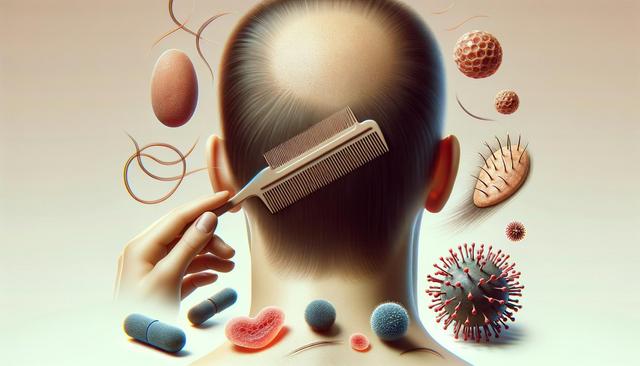Understanding Lip Augmentation
Lip augmentation refers to cosmetic procedures aimed at increasing the fullness, symmetry, and definition of the lips. These treatments are often chosen by individuals seeking to enhance facial harmony or to restore volume lost due to aging. While there are several approaches to lip enhancement, injectable treatments remain the most commonly used due to their minimally invasive nature and relatively quick results.
Non-surgical lip augmentation typically involves the use of dermal fillers. These fillers are injected into various parts of the lips to create volume, improve contour, or correct asymmetry. The most widely used fillers contain hyaluronic acid, a substance naturally found in the body that helps retain moisture and add plumpness. The results can last from several months to over a year, depending on the type of filler used and individual factors such as metabolism and lifestyle.
Before undergoing lip augmentation, it is essential to consult with a qualified and experienced practitioner. A proper assessment ensures that the procedure aligns with your aesthetic goals and facial structure. During the consultation, the practitioner will evaluate your medical history, discuss your expectations, and recommend the most suitable technique for your needs.
Types of Lip Fillers and Their Benefits
There are different types of lip fillers available, each designed to achieve specific outcomes. The choice of filler depends on the desired effect, such as subtle enhancement versus dramatic volume, as well as the longevity of the result. Below are some commonly used filler types:
- Hyaluronic Acid (HA) Fillers: These are the most popular and offer predictable, reversible results. They allow for gradual volume increase and have a low risk of allergic reactions.
- Collagen-Based Fillers: Once widely used, these are less common today due to the rise of HA fillers, but they still offer natural-looking results.
- Fat Transfer: This method involves harvesting fat from another part of your body and injecting it into the lips. It is a more invasive option but offers longer-lasting results.
- Permanent Implants: Though not an injection, this option involves surgically placing a soft silicone implant into the lips. It’s suitable for those seeking a long-term solution.
Each filler type has unique properties that influence the final look and feel of the lips. For instance, some are softer and better for a natural appearance, while others are firmer and provide more structure. Discussing these options with your provider can help determine which filler best suits your goals.
The Procedure: What to Expect
The lip augmentation procedure typically takes less than an hour and usually involves little to no downtime. Most injectables are administered in a clinical setting and require minimal preparation. Before the injection, a topical anesthetic may be applied to reduce discomfort. Some fillers also contain lidocaine, a local anesthetic, to improve comfort during the procedure.
During the treatment, the practitioner will strategically inject the filler into specific areas of the lips, such as the vermillion border (lip edge), cupid’s bow (the center curve of the upper lip), or the body of the lips. The number of injections depends on the desired outcome and the type of filler used.
After the procedure, it’s normal to experience mild swelling, tenderness, or bruising around the injection site. These effects usually subside within a few days. To ensure a smooth recovery, patients are often advised to:
- Avoid strenuous exercise for 24-48 hours
- Refrain from touching or massaging the lips unnecessarily
- Stay hydrated and avoid alcohol or blood-thinning medications, as they can exacerbate bruising
Results are typically visible almost immediately and continue to improve as swelling decreases. Follow-up appointments may be scheduled to assess the results and perform any necessary touch-ups.
Risks and Considerations
While lip augmentation is generally safe when performed by a qualified professional, it’s important to be aware of potential risks and side effects. These can include:
- Swelling, bruising, and tenderness
- Asymmetry or uneven results
- Lumps or irregularities in the filler
- Allergic reactions (rare with modern fillers)
- Infection or vascular complications (very rare but serious)
To minimize these risks, it’s crucial to choose a licensed and experienced practitioner who uses high-quality, approved products. Discussing your medical history, including any allergies or health conditions, will help your provider tailor the treatment safely.
It’s also important to manage expectations. While lip fillers can significantly enhance appearance, they are not permanent and may require maintenance treatments. Overfilling or seeking overly dramatic changes can lead to unnatural results, so a conservative approach is often recommended for first-time patients.
Maintaining and Enhancing Results
Once the desired results are achieved, maintaining them requires ongoing care. Hyaluronic acid fillers typically last between 6 to 12 months, depending on factors such as product type, metabolism, and lifestyle habits. Regular follow-up treatments can help sustain the look over time.
In addition to maintenance injections, some lifestyle habits can help prolong the effects of lip fillers:
- Protect your lips from sun exposure by using lip balms with SPF
- Stay hydrated to keep the lips plump and healthy
- Avoid smoking, which can accelerate the breakdown of filler
- Adopt a skincare routine that supports collagen production and hydration
Complementary treatments, such as lip exfoliation or hydrating masks, can further enhance the appearance of your lips. Some individuals also choose to combine lip augmentation with other cosmetic procedures like facial fillers or skin rejuvenation treatments to achieve a more balanced and refreshed appearance.
Overall, lip augmentation offers a customizable and relatively low-commitment option for those looking to enhance their facial aesthetics. By understanding the techniques, risks, and maintenance involved, individuals can make informed decisions that align with their personal beauty goals.
Conclusion: Is Lip Augmentation Right for You?
Lip augmentation through injectable techniques provides a versatile and effective way to enhance your natural features. Whether you’re seeking subtle volume or more noticeable definition, there are various options to explore based on your needs and preferences. The key to a successful outcome lies in choosing a skilled provider, understanding the procedure, and setting realistic expectations.
For those considering lip enhancement, taking the time to research and consult with a qualified professional is essential. With proper care and maintenance, lip augmentation can offer a refreshed, youthful appearance that complements your overall facial harmony.


